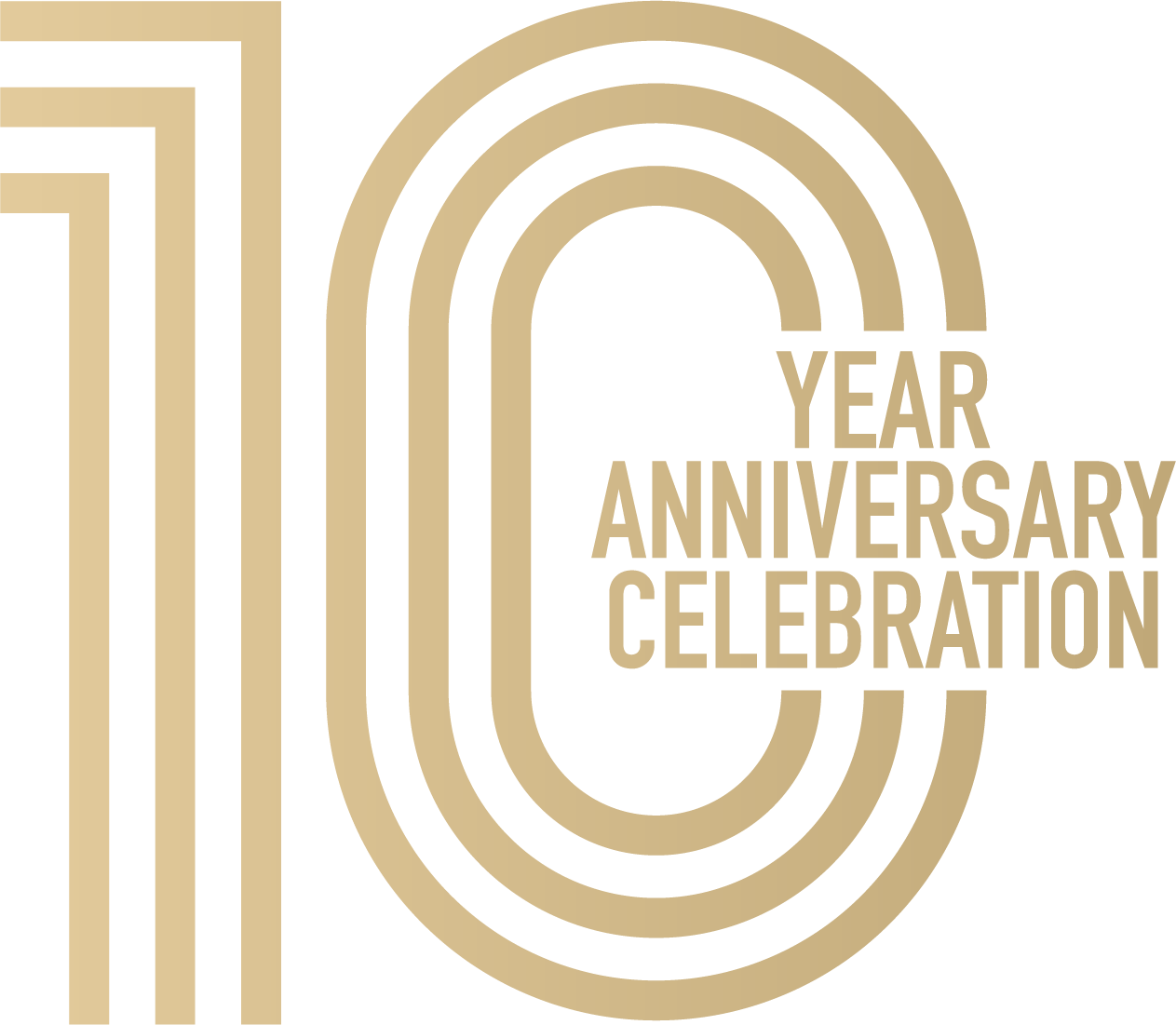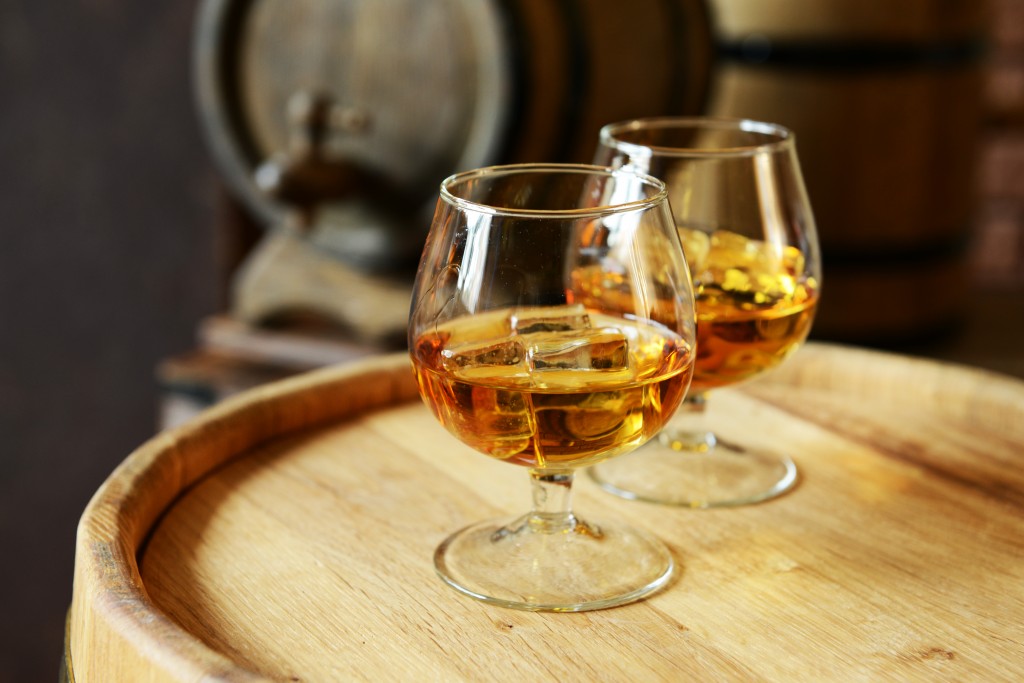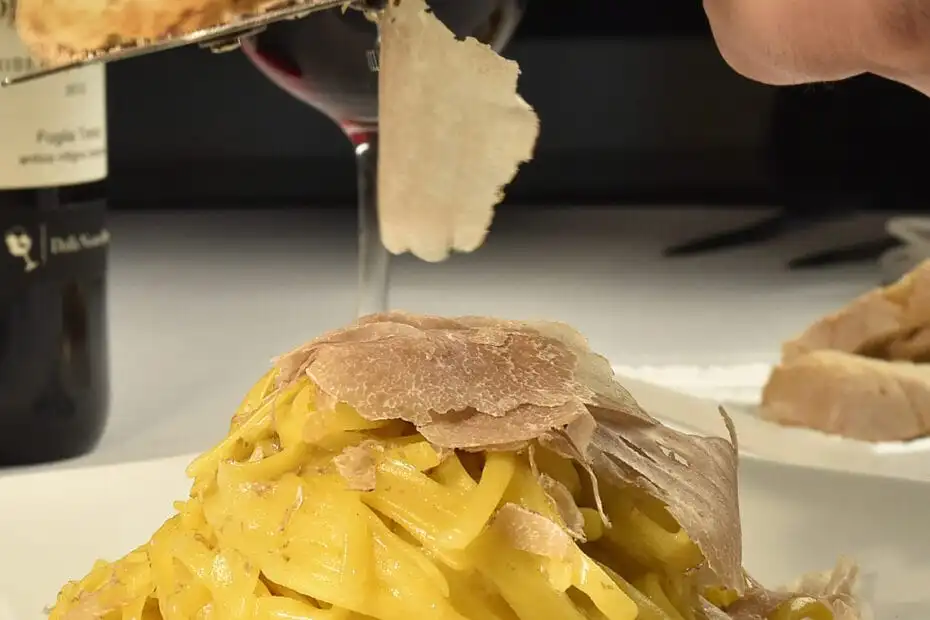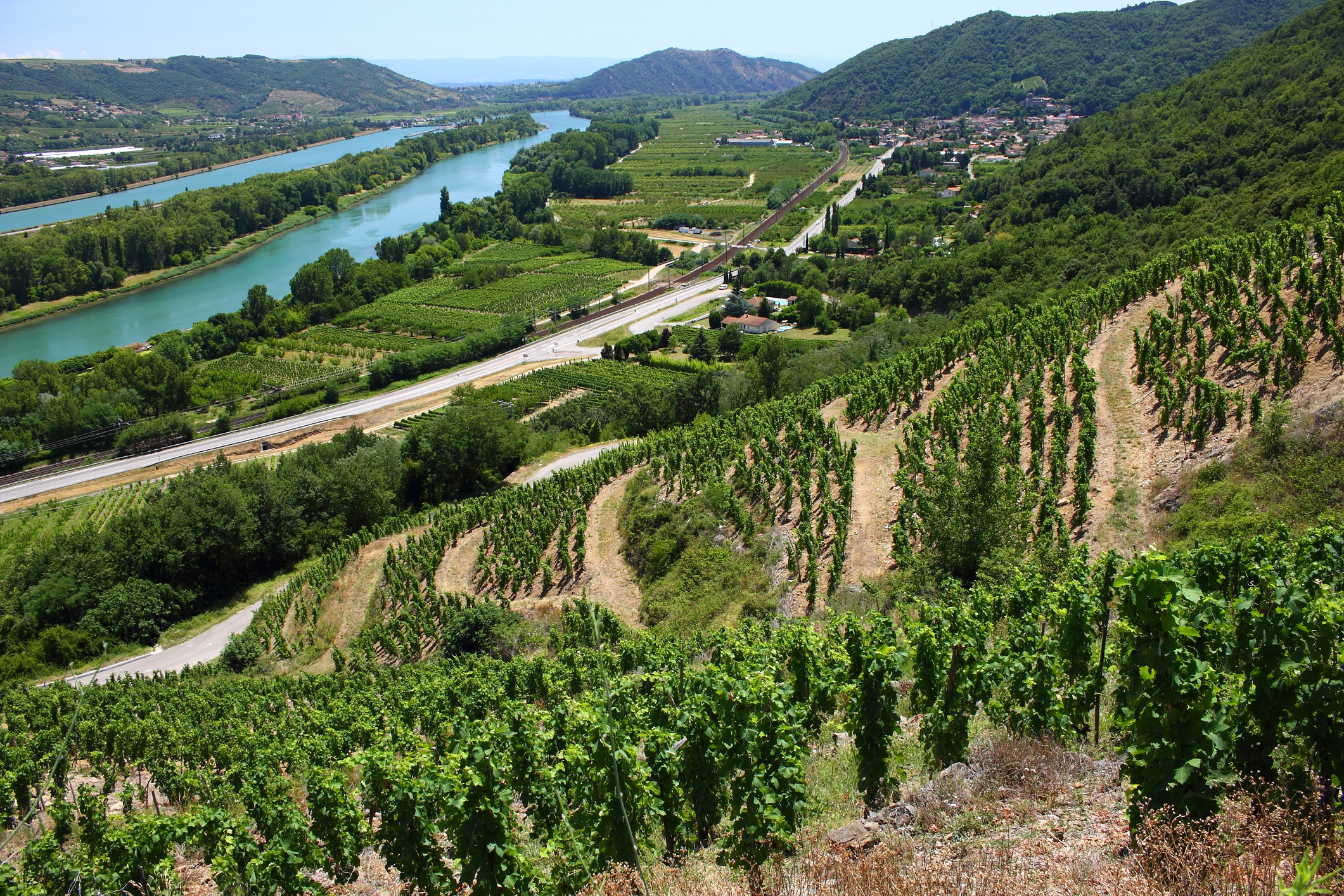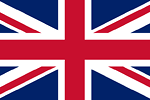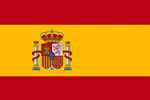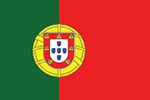It’s counter-cyclical, inflation-beating, and tastes good.
Just as there’s a robust secondary market for collectibles and fine art, so too for wines and whisky.
“Fine wine has shown itself to be a profitable alternative asset class, and we’ve recently launched a branch in South Africa where there is a strong wine culture, and some of the best wines in the world, many of them very under-valued,” says Michael Doerr, founder and CEO of Oeno Group, the London-based wine and whisky merchant with operations in seven countries.
There is a long and established secondary market for both fine wine and whisky. The Liv-ex Fine Wine 1000 index, which tracks the prices of the most sought-after fine wines on the secondary market, has increased 314.6% since it was launched just over 20 years ago.
The average Oeno client grew their capital by 12.4% in 2020, and by 15.5% in 2022 – measured in sterling. Over time, the returns have ranged from 11-15%, says Doerr.
Liv-ex has introduced a variety of indices to monitor different geographic areas, such as the California 50 index, the Burgundy 150 index (up 160% over the last decade), the Bordeaux Legends 40 and Bordeaux 500 indices, to name a few.
The independent monitoring of wine prices has made this a serious alternative asset class with solid historical data with which to measure performance.
Of the top 10 performers of the Liv-ex 1000 between 2018 and 2023, most were from Burgundy, and most are extremely difficult to obtain. The wine heading up the list is the Armand Rousseau Gevrey-Chambertin Clos St Jacques 2010, which increased by a remarkable 115.2% from January 2018 to January 2020.
From an investment point of view, fine wine and whisky exhibit some interesting differences over traditional investments such as stocks and bonds.
Both assets have historically weathered financial market storms and shown resilience in times of uncertainty, such as the financial crash of 2008, Covid, the UK’s exit from the EU in 2020 and the Ukraine war in 2022.
During these periods, collectors were inclined to shift their funds from volatile financial investments to alternative assets – and fine wine and whisky, like gold, benefitted.
“Prices of fine wine and whisky have historically had a low correlation to the financial markets, which makes them a potential hedge against inflation and economic volatility,” says Doerr. “People tend to buy wine, and whisky, no matter the economic conditions.”
As with all sound investments, Oeno (Greek for wine) diversifies across multiple high-end liquid assets with a track record of price appreciation. A R100 000 investment might end up in a portfolio of Napa Valley and Bordeaux wines, mixed with some high-end Scotch or Bourbon whisky brands to ensure steady returns.
Storage and insurance
Like physical gold, wine and whisky require storage and insurance.
The bottles are stored by Oeno in a government-bonded warehouse in the UK where they are insured against breakage and theft.
Proper storage is vital to the safeguarding of the assets against temperature fluctuations, humidity, light and vibration.
The life cycle of wine and whisky
Both wine and whisky improve in quality with time. That drives demand and makes a fine wine a naturally appreciating asset, even in dire economic times.
In the UK, wines are considered a ‘wasting asset’ and may not be subject to capital gains tax where the predicted economic life of the wine is less than 50 years.
Another tax advantage is the ability to defer duty and value-added tax on wine stored in government-approved warehouses.
Clients also have the option of storing their own stock at the same government-bonded warehouse via a third party, and receive regular verified pictures of the stock.
Some wines, like the red Bordeaux and Barolos, can take decades to fully mature, ensuring that prices increase as they enter their prime drinking window. In addition to the rarity of the wine, the vintage variation can have a marked impact on price. Perfect weather conditions during the grape growing and ripening period can create wines that blossom into true classics that are sought after by consumers and collectors.
There is a point at which wine deteriorates and it is best to sell prior to this. Oeno experts, as well independent reviewers, ensure that particular batches of wine are continually tasted and evaluated to determine the life cycle of the wine.
Temptation to consume
There is the ever-present temptation to sample your investment, and Doerr cautions that patience is rewarded when it comes to both wine and whisky. About 10% of wine and whisky monitored by Oeno is consumed by clients each year, which suggests most exercise restraint and moderation.
Market demographics
Wine and whisky investment used to be favoured predominantly by older men. Now the demographic has shifted: 60-40 in favour of men, and a far larger cohort of younger people.
Doerr says this alternative investment is ideal for those who have a passion for fine wine and whisky, and those who want to hedge against inflation and currency weakness.
“We recommend clients stay invested for five to 10 years, but anyone can exit at any time,” he says.
Oeno House
If you’re in London, Doerr recommends popping into Oeno House located at The Royal Exchange for a wine sampling from some of the more exciting vineyards around the world, or to take a wine tasting course or to review the range of wines and whiskies on display.
Original article Brought to you by MoneyWeb South Africa –
